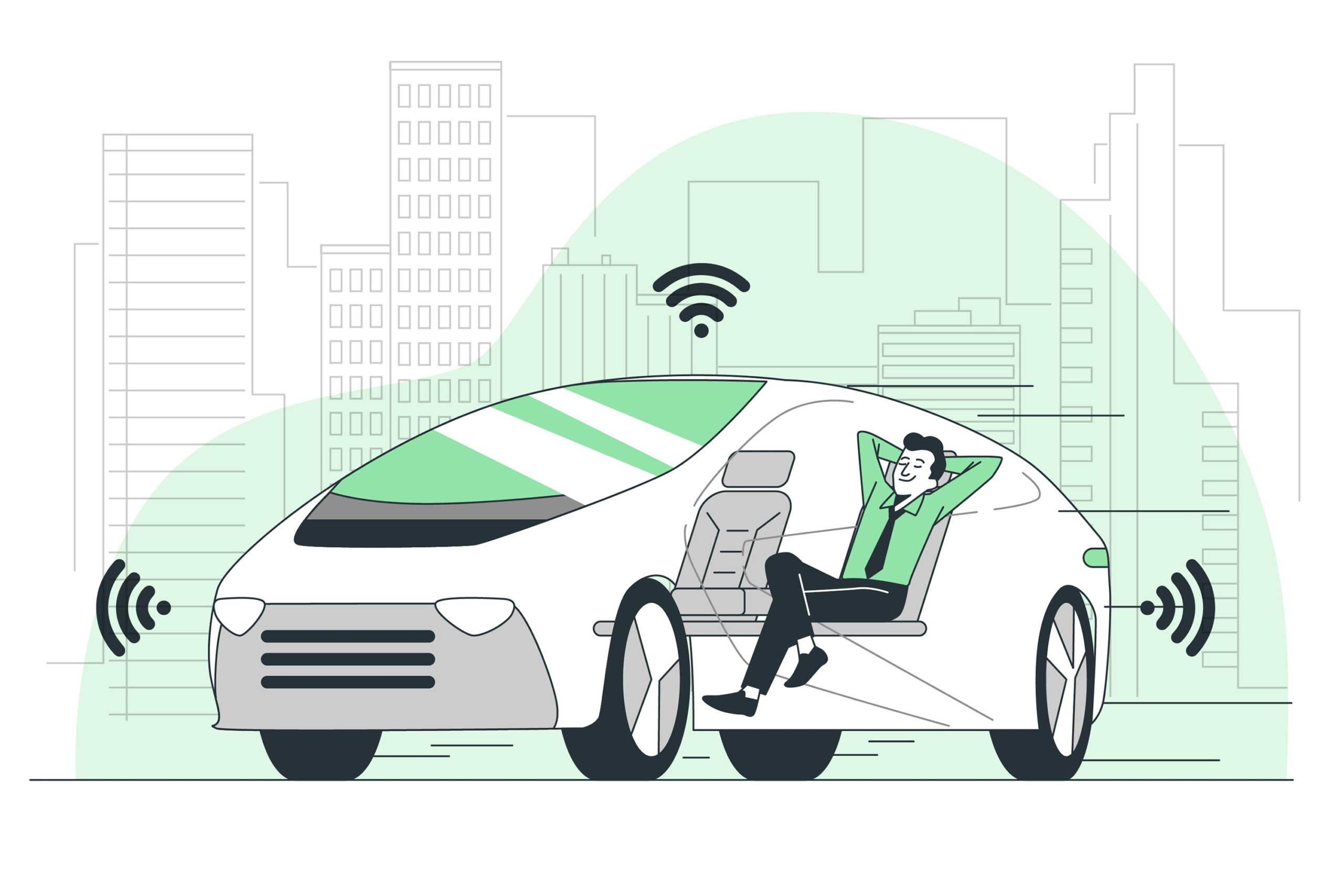Driverless vehicles, also known as autonomous cars or self-driving cars, have emerged as a groundbreaking innovation in the realm of transportation. These vehicles are equipped with advanced sensors, artificial intelligence, and cutting-edge technology that enable them to navigate roads and make decisions without human intervention. As this technology continues to evolve, it is essential to understand the advantages and challenges associated with driverless vehicles. In this blog post, we will explore both sides of the coin and delve into the exciting possibilities and potential hurdles of this transformative technology.

Advantages of Driverless Vehicles
1. Enhanced Safety
One of the primary promises of driverless vehicles is improved road safety. By eliminating human error, which accounts for the majority of accidents, autonomous cars have the potential to drastically reduce collisions and save lives. These vehicles can react faster, follow traffic rules consistently, and communicate with each other, creating a safer driving environment.
2. Increased Efficiency and Reduced Traffic Congestion
Autonomous vehicles can optimize traffic flow, leading to a reduction in congestion and smoother traffic patterns. They can communicate with each other and make real-time adjustments, minimizing unnecessary stops, accelerating and decelerating smoothly, and optimizing routes for improved efficiency.
3. Improved Accessibility and Mobility
Driverless vehicles have the potential to revolutionize transportation for individuals with disabilities, elderly populations, and those without access to private vehicles. Autonomous cars can offer a new level of independence and mobility to these communities, providing a reliable transportation option and expanding access to education, employment, and healthcare services.
4. Environmental Benefits
Autonomous cars have the potential to contribute to a greener future. By optimizing driving routes, reducing traffic congestion, and promoting efficient driving practices, driverless vehicles can help reduce fuel consumption and emissions. Electric autonomous vehicles can further enhance these environmental benefits by eliminating tailpipe emissions altogether.
Challenges of Driverless Vehicles
1. Technological Limitations and Reliability
Despite rapid advancements, driverless vehicle technology is still evolving and faces various technical challenges. Ensuring the reliability and accuracy of sensors, developing robust algorithms for decision-making in complex situations, and addressing system vulnerabilities to cyber threats are ongoing concerns that need to be addressed before widespread adoption.
2. Legal and Regulatory Framework
The implementation of driverless vehicles necessitates the development of new legal and regulatory frameworks. Determining liability in accidents involving autonomous cars, establishing safety standards, and addressing ethical dilemmas are complex legal and ethical considerations that require careful examination and resolution.
3. Public Acceptance and Trust
Acceptance and trust in autonomous vehicles among the general public are crucial for their successful integration into society. Many people are still skeptical about the safety and reliability of driverless cars, and addressing these concerns through public education, transparency, and thorough testing is vital to gain widespread acceptance.
4. Economic Disruption and Job Losses
The advent of driverless vehicles has the potential to disrupt various industries and result in job losses. Industries such as trucking, delivery services, and transportation may undergo significant transformations, requiring workforce adaptation and potential retraining to mitigate the impact on employment.

Driverless vehicles offer numerous advantages such as improved safety, increased efficiency, enhanced accessibility, and environmental benefits. However, challenges related to technology, legal frameworks, public acceptance, and economic disruption must be addressed to fully realize the potential of this transformative technology. Collaboration among industry stakeholders, policymakers, and the public is crucial to ensure the safe and responsible deployment of driverless vehicles. As advancements continue, it is essential to balance the advantages and challenges, fostering innovation while addressing concerns, to pave the way for a future where driverless vehicles can coexist harmoniously with traditional transportation systems.
